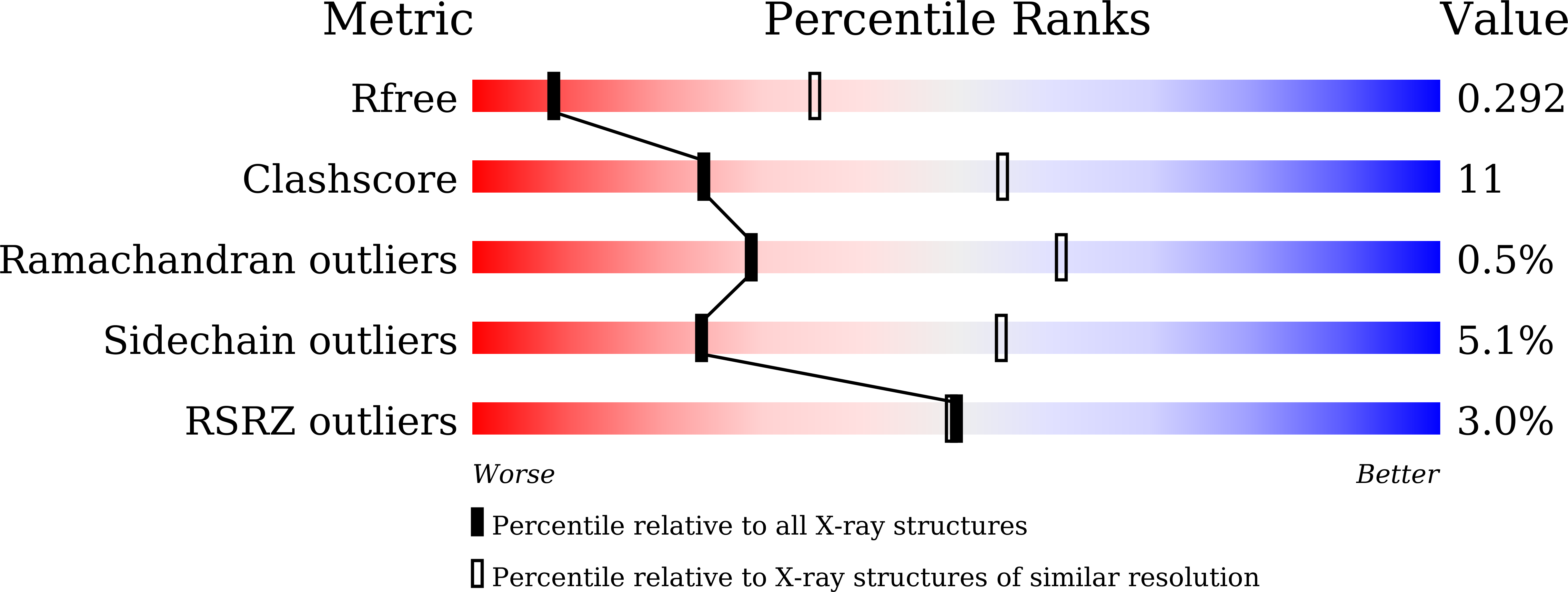
Deposition Date
2021-08-12
Release Date
2021-11-24
Last Version Date
2024-10-09
Entry Detail
Biological Source:
Source Organism:
Homo sapiens (Taxon ID: 9606)
Desulfovibrio vulgaris str. Hildenborough (Taxon ID: 882)
Desulfovibrio vulgaris str. Hildenborough (Taxon ID: 882)
Host Organism:
Method Details:
Experimental Method:
Resolution:
3.29 Å
R-Value Free:
0.27
R-Value Work:
0.21
R-Value Observed:
0.21
Space Group:
P 21 2 21


